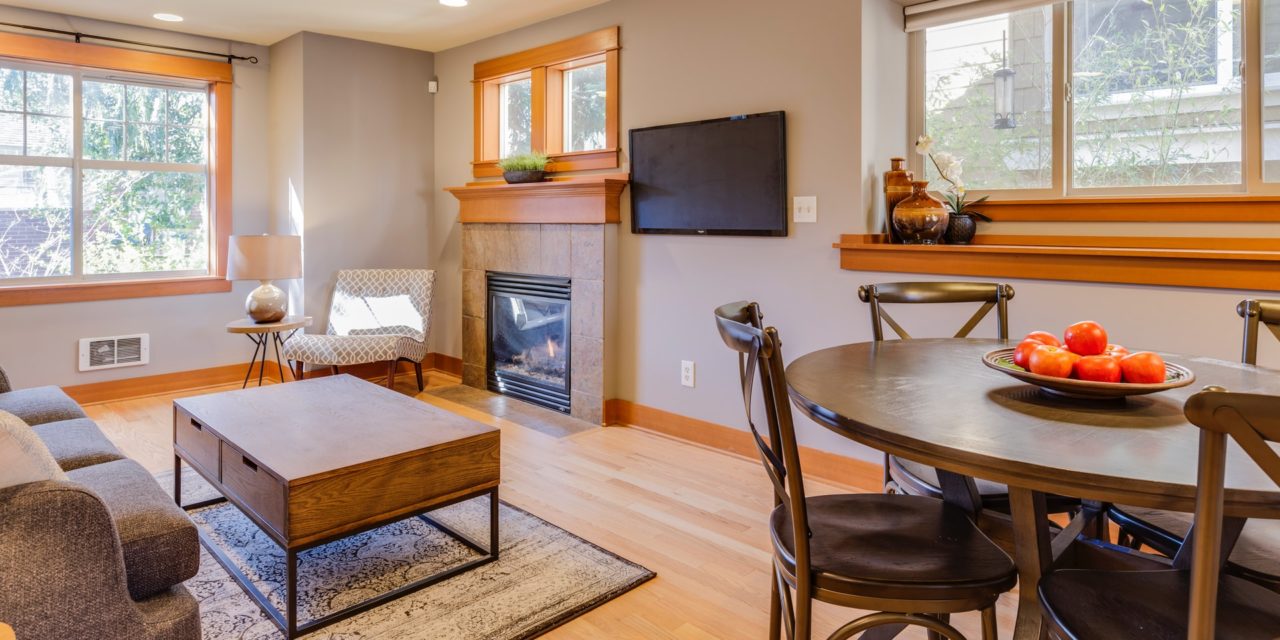[ad_1]
Using the new description, 2K, 4K, 8K, is an abbreviated way of stating the approximate number of pixels across the width of the screen. 1080p has a horizontal resolution of 1920 pixels, or rounded up to 2K, (K=1,000). The 1080 is the vertical resolution and the “p” meant that the lines of information were progressive and not interlaced. In other words each line is made up of new information and not a repeat of the previous line.
Now that we have a fair understanding of this new way of describing our television resolution, we can understand that 2K is more than twice the resolution of 480p, or equal to 1080p. Now think in terms of horizontal instead of vertical. 2K is equal to that of 1080p which had only 1920 pixels, or approximately 2,000 pixels. 4K with a ratio of 16:9 would be 4096 pixels by 2304 pixels.
It would be nice if you knew that anytime you looked at a 4K TV you would know that the resolution would be 4096 x 2304, however you will not find one! The most common format is 3840 x 2160 and is referred to as a 4K TV. There are a few that are 4096 x 2160, and the price is a lot higher.
Most formats are now wide screen, however if you still want a aspect ratio of 4:3 and have 4K the pixel resolution would be 4096 x 3072 and is not available that I know of.
Now that we have all the technical stuff out of the way, What does all this mean when it comes to size and having a clear picture to watch?
Until you get above a 50 to 55 inch TV, at a normal viewing distance you will not be able to tell the difference between a 2K and a 4K. If you maintain your same viewing distance, then you may see a much sharper image on the TV's above 55 inches. (This is the diagonal distance across the screen.) My feeling is that if you are now ready to move up to 4K and have the money, then go for one that is 84 inch or 110 inch!
[ad_2]
Source by Hubert Clark Crowell

